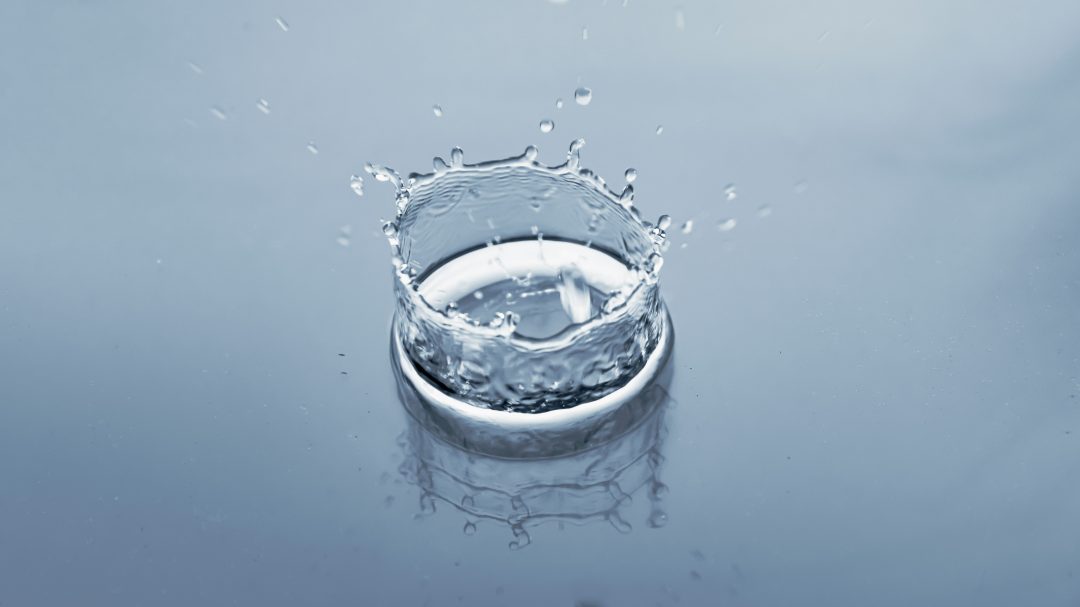
The Problem with Conventional Filtration
Most household filters were never designed to stop microplastics or nanoplastics.
Standard carbon filters capture taste and odor compounds but allow particles smaller than 5 µm to pass through. A 2023 Water Research review found that common pitcher and faucet filters remove less than 40 % of microplastics, with almost zero effect on nanoscale fragments.
Since these particles can carry PFAS, bisphenols, and heavy metals, incomplete filtration means invisible contamination remains in “clean” water.
What the Data Says Works
Scientific studies show that membrane-based and multi-stage systems are most effective.
Ultrafiltration (UF) can remove particles down to 0.01 µm, while reverse osmosis (RO) achieves >99 % retention for both micro- and nanoplastics (Science of the Total Environment, 2024).
Adding adsorbent or electrostatic layers further enhances removal of plastic-derived chemicals that membranes alone miss — a crucial factor in real-world drinking water protection.
Klar2O’s Approach to True Purity
At Klar2O, we engineer multi-layered filtration systems combining mechanical, adsorptive, and molecular barriers.
This design captures even the smallest plastic fragments while neutralizing PFAS, phthalates, and endocrine disruptors — contaminants invisible to most filters.
Clean water isn’t just clear — it’s molecularly pure.
Learn more about Klar2O filtration technology at klar2o.com